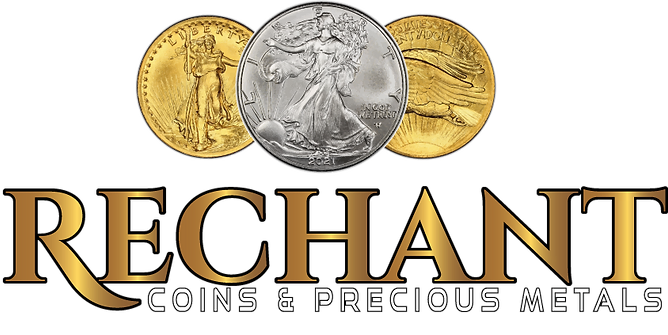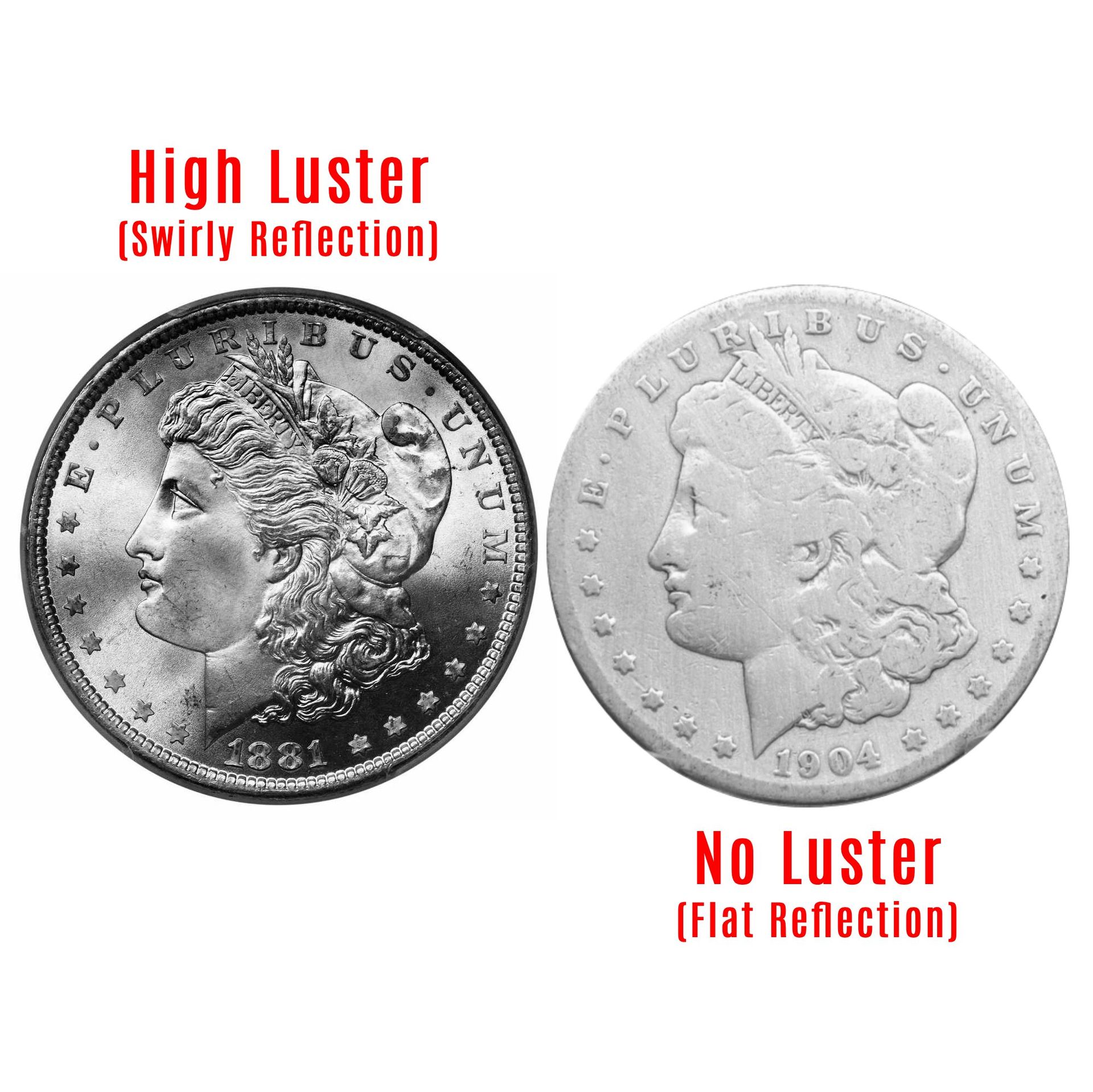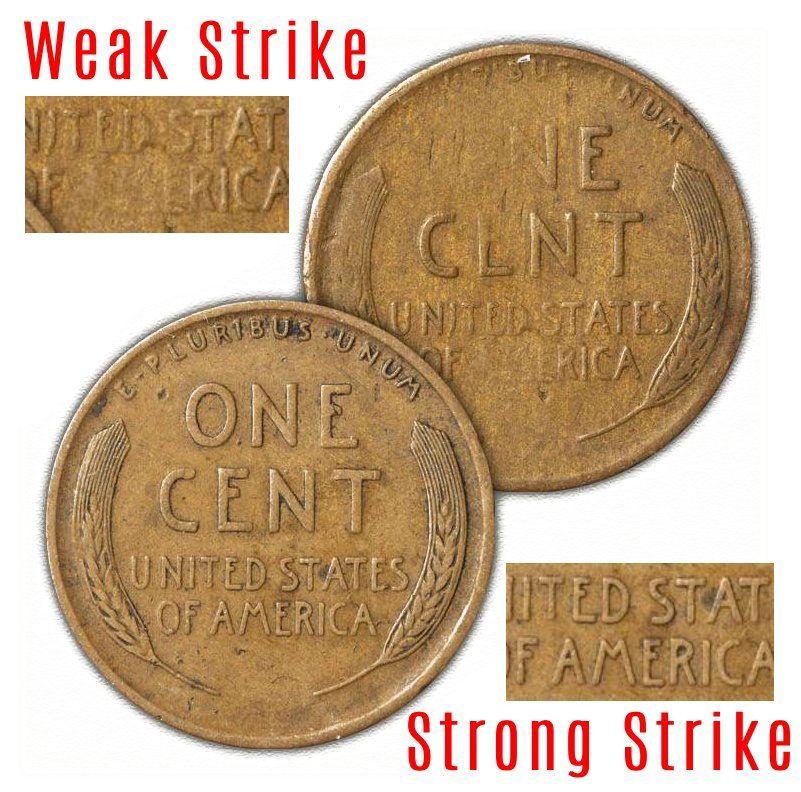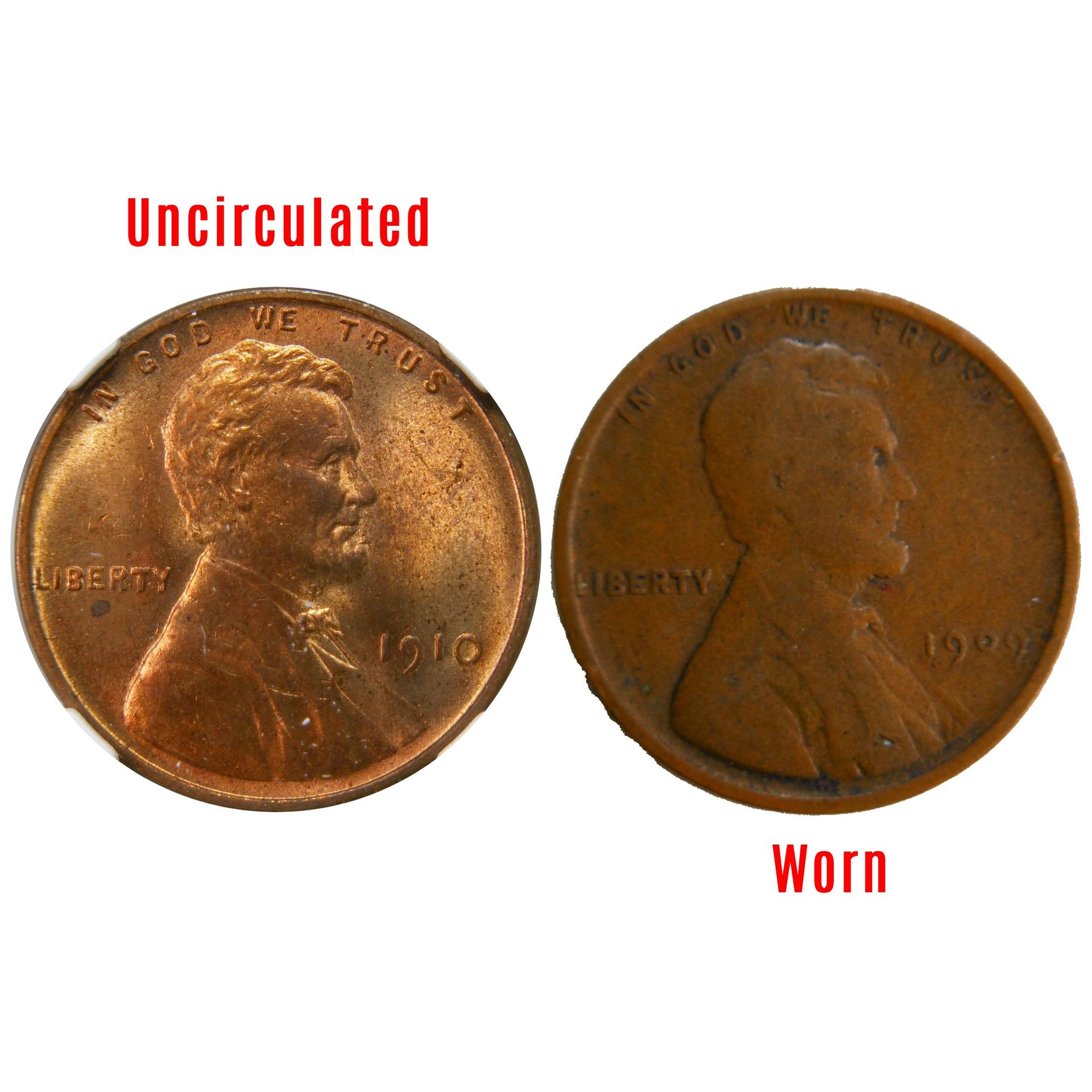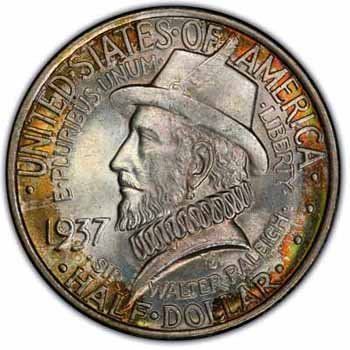The
Sheldon Coin Grading Scale is the foundation of modern
numismatics, standardizing how collectors and dealers assess
coin grades. Created by Dr. William Herbert Sheldon in 1949, this
grading system ranges from P-1 (Poor) to MS-70 (Perfect Mint State).
It assigns a numerical grade based on factors like a
coin’s condition,
eye appeal, and
luster, providing consistency in evaluating rare and historic
coins.
Rechant Coins and Precious Metals, based in West Palm Beach, FL, proudly offers expertise in the
Sheldon Coin Grading Scale for collectors across South Florida.
Our nearly 50 years of experience have allowed us to provide trusted professional
coin grading services, helping enthusiasts understand how elements like
wear, strike, and surface quality influence a
coin’s value. Whether grading early
large cents or modern
proof coins, our personalized consultations ensure collectors receive accurate assessments.
Let's explore the Sheldon scale and its role in numismatics in greater detail.
The Origin of the Grading Scale
Before the
Sheldon coin grading scale was developed, inconsistencies in
coin grading created confusion and disagreements among collectors and dealers. Grading lacked a standardized method, leaving the value of rare coins open to subjective interpretation.
Dr. William Herbert Sheldon revolutionized numismatics with the introduction of the
Sheldon coin grading scale in 1949, initially designed to evaluate 18th-century
large cents.
This groundbreaking system assigned numerical grades based on a coin’s condition and linked these grades to its market value, with Poor (P-1) being the lowest and
Mint State (MS-70) the highest.
How Standardization Transformed Coin Transactions
For the first time, the
Sheldon coin grading scale brought uniformity to a field previously dominated by subjective appraisals.
By assigning a numerical grade to every coin, the
grading scale streamlined transactions between collectors and
coin dealers. This standardization has been especially helpful in simplifying the buying, selling, and appraisal of rare coins, allowing both novice and experienced numismatists to conduct transactions with confidence.
Today,
third-party grading services such as the
Professional Coin Grading Service (PCGS) or the
Numismatic Guaranty Company (NGC) widely use variations of Sheldon’s original scale to maintain consistency across the industry.
From Large Cents to Universal Application
The original
Sheldon scale focused on large
copper cents, but its utility quickly expanded to include all
coins of the United States dollar and even international issues.
For instance,
mint state coins with no visible wear retained higher grades, while
circulated coins showed signs of wear that reduced their condition score.
How the Sheldon Coin Grading Scale Works
Understanding the Numerical Scale
The
Sheldon scale evaluates
coins on a scale of 1 to 70, representing their condition and rarity.
A
P-1 coin is heavily worn with very little detail remaining, while an
MS-70 coin showcases a flawless, uncirculated state with perfect
mint luster and no visible imperfections. Each grade between these extremes reflects specific characteristics:
Understanding Coin Grades
The Importance of Accurate Grading
Knowing a
coin's grade is essential for both seasoned
numismatists and beginners. An accurate evaluation determines the market value and authenticity of your collection. The
Sheldon scale provides a universal system for assigning grades, ensuring clarity when buying, selling, or appraising
coins. Rare
coins with higher
numerical grades, such as uncirculated
Mint State coins, often fetch significantly higher market prices than circulated examples.
Key Factors in Coin Grading
Achieving an accurate
coin grade requires careful assessment of multiple attributes.
These factors serve as universal benchmarks, ensuring that coins are graded consistently across all levels of expertise. Collectors and dealers frequently evaluate these elements to distinguish
circulated coins from
uncirculated coins and assign appropriate values.
Luster and Its Role
